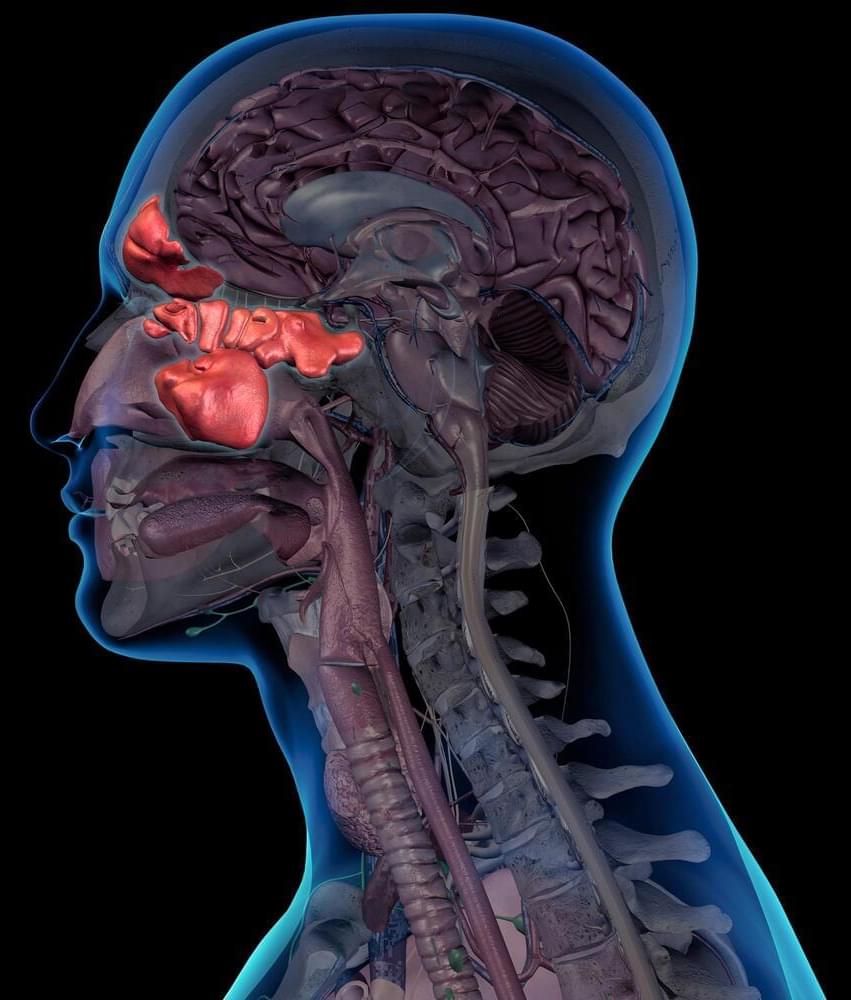
A challenge in materials design is that in both natural and manmade materials, volume sometimes decreases, or increases, with increasing temperature. While there are mechanical explanations for this phenomenon for some specific materials, a general understanding of why this sometimes happens remains lacking.
However, a team of Penn State researchers has come up with a theory to explain and then predict it: Zentropy.
Zentropy is a play on entropy, a concept central to the second law of thermodynamics that expresses the measure of the disorder of a system that occurs over a period of time when there is no energy applied to keep order in the system. Think of a playroom in a preschool; if no energy is put into keeping it tidy, it quickly becomes disordered with toys all over the floor, a state of high entropy. If energy is put in via cleaning up and organizing the room once the children leave, then the room returns to a state of order and low entropy.


















